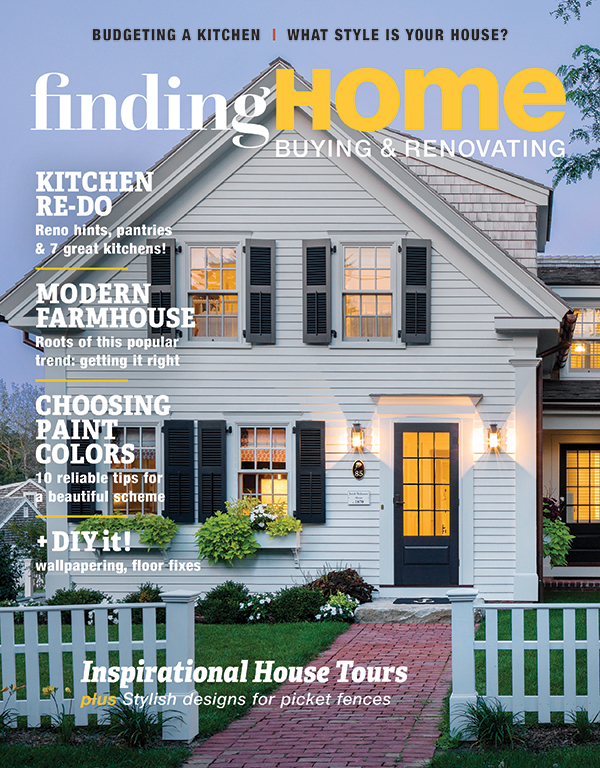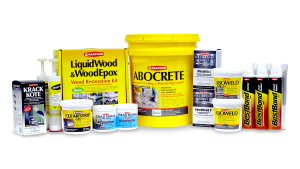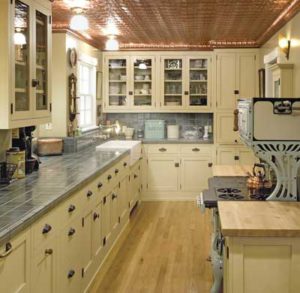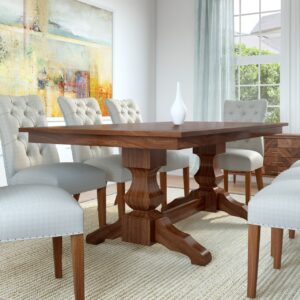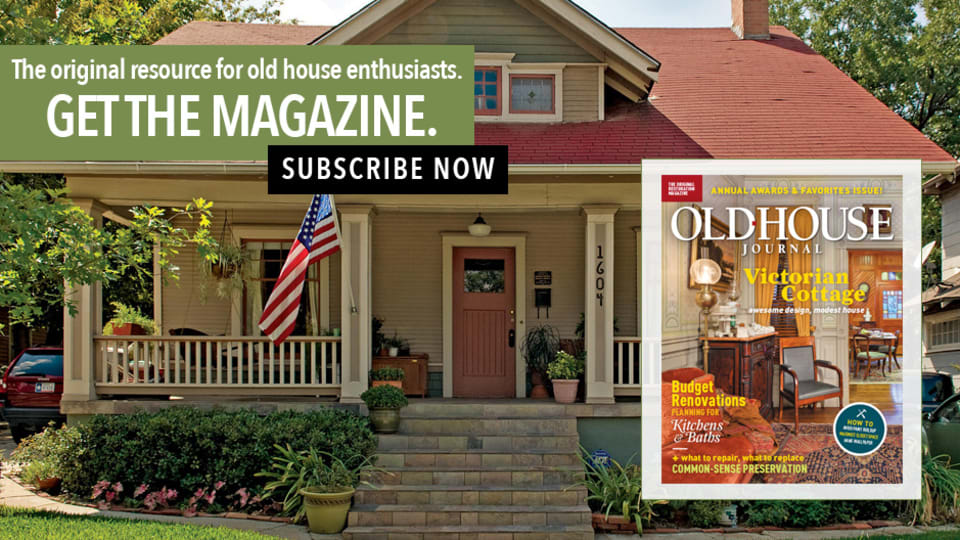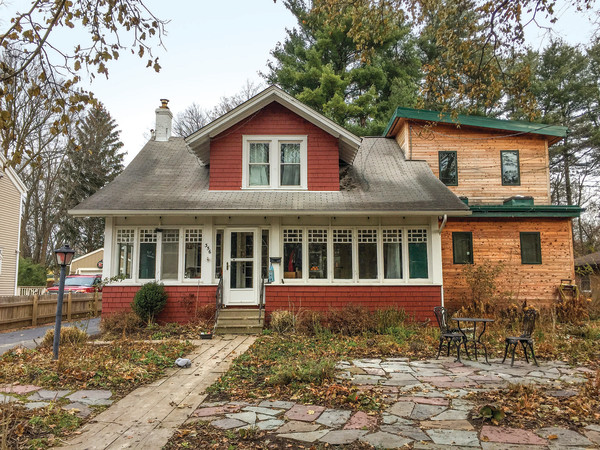
“The executive outhouse look is so trendy!” —Brian Jeffries
Catherine Lundie
Don’t. . . confuse an addition and an outbuilding. A modern addition can be successful, but not if everything is incompatible with the original: rooflines, windows, cladding material, storey breaks, color, and vibe.
Creeping Up Behind
“I pass this bungalow every time I take a walk,” says a neighbor, “and it still stops me in my tracks. I gauge my mood by whether [the addition] that day strikes me as humorous, or tragic.” The best that can be said is that the new section steps back from the original house. But then it takes a bite out of it.
Preservationist John Leeke points out that the bungalow’s primary facade is intact, and that the addition can be removed in the future without serious damage. Still, what’s the story behind this design? For a time, the Secretary of the Interior’s Standards for Rehabilitation were interpreted as meaning that additions should not mimic the original. That is, new work should be differentiated, in part to avoid future confusion regarding the historical record. That’s easy enough to accomplish without creating such dissonance. A small variance in framing method, sash configuration, or cornice detailing keeps the record straight.


